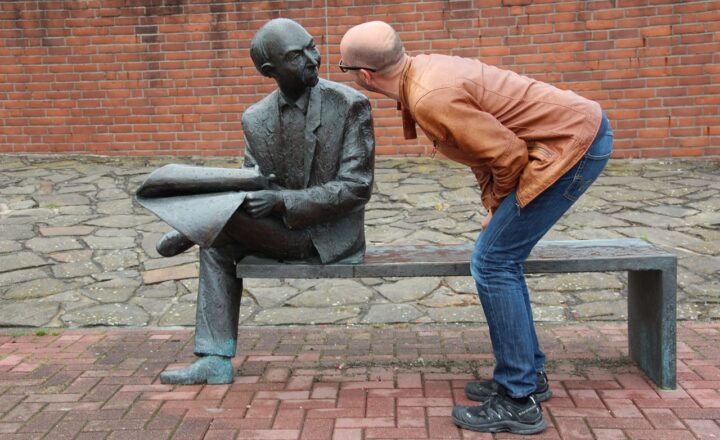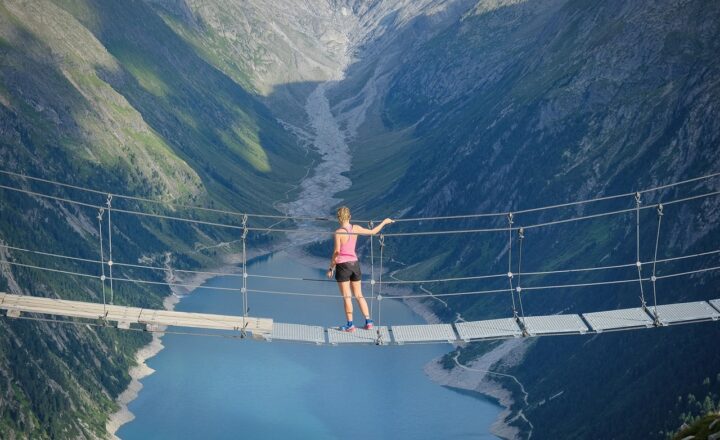Why Some Bridges Are Considered Architectural Wonders
November 11, 2024

Bridges have long been recognized not just as functional structures that connect two points, but as architectural marvels that inspire awe and admiration. From the ancient world to modern engineering feats, certain bridges stand out for their design, innovation, and cultural significance. In this article, we will explore why some bridges are considered architectural wonders, the elements that contribute to their status, and examples from around the world.
The Anatomy of a Marvelous Bridge
To understand why certain bridges are designated as architectural wonders, we must first examine the key components that contribute to their uniqueness. These elements include:
- Design Innovation: Iconic bridges often incorporate innovative design techniques, pushing the boundaries of engineering and aesthetics.
- Materials Used: The choice of materials can enhance not only the strength and durability of the structure but also its visual appeal.
- Historical Value: Some bridges embody historical significance, representing the era they were built in and the advancements in engineering at the time.
- Cultural Impact: Bridges often become cultural symbols, part of the identity of cities and countries, and celebrated in art, literature, and media.
- Aesthetic Qualities: The visual impact of a bridge, including its symmetry, form, and use of color, contributes significantly to its classification as an architectural wonder.
By examining each of these components, we can appreciate the multi-faceted nature of what makes a bridge not only functional but also an architectural wonder.
Historical Masterpieces: Bridges That Changed the World
While there are numerous examples of bridges that capture the imagination, a few have achieved near-mythical status due to their innovative designs and historical importance. Here are some notable examples:
1. The Golden Gate Bridge, USA
Completed in 1937, the Golden Gate Bridge in San Francisco is an iconic example of Art Deco design. Its striking orange color stands out against the blue waters of the bay, and its stunning suspension design was a feat of engineering at the time of its construction. The bridge symbolizes ingenuity, community, and the pioneering spirit of America.
2. The Tower Bridge, UK
A marvel of Victorian engineering, Tower Bridge was completed in 1894 and combines both bascule and suspension bridge technologies. Its medieval Gothic style makes it a stunning sight against the London skyline. Tower Bridge is not merely a means of crossing the River Thames; it’s a part of London’s identity, often depicted in art and photography.
3. The Sydney Harbour Bridge, Australia
Locally referred to as the “Coathanger” due to its distinctive arch-based design, the Sydney Harbour Bridge opened in 1932. The massive steel arch bridge symbolizes resilience and ambition for Australia, often hosting events and fireworks, making it a visual centerpiece of Sydney.
Modern Marvels: The New Age of Bridge Engineering
The advancement of technology has pushed the boundaries even further, leading to the creation of breathtaking modern bridges. One such example is:
4. The Millau Viaduct, France
Opening in 2004, the Millau Viaduct is the tallest bridge in the world, soaring above the Tarn River Valley at a height of 343 meters (1,125 feet). Designed by architect Norman Foster, the bridge’s sleek and slender design combined with innovative use of cable-stayed technology makes it an emblem of contemporary architectural achievement. Its height and elegance blend harmoniously with the surrounding landscape, earning it a place among the architectural wonders of the world.
5. The Akashi Kaikyō Bridge, Japan
Completed in 1995, the Akashi Kaikyō Bridge is known as the longest suspension bridge in the world, with a main span of 1,991 meters (6,532 feet). Its design was a response to the challenges posed by seismic activity in the region, leading to innovations that set new standards in bridge engineering. The sheer scale and beauty of this bridge make it a modern marvel that showcases the capabilities of contemporary design and engineering.
The Future of Bridge Architecture
As we look ahead, the field of bridge design continues to evolve, with architects and engineers exploring sustainable materials, smart technologies, and innovative designs that integrate more seamlessly into their environments. The focus is shifting towards creating bridges that not only withstand the tests of time, but also enhance the natural and urban landscape around them. A few noteworthy trends include:
- Sustainability: The increasing demand for eco-friendly designs leads to the integration of renewable materials and energy-efficient designs in new bridge projects.
- Smart Infrastructure: Utilizing advanced technology to monitor structural health, traffic patterns, and environmental impacts helps improve safety and functionality.
- Aesthetic Innovations: Emphasizing artistry alongside functionality will be key, resulting in bridges that serve as public art, enriching the landscapes in which they reside.
As these trends continue, we can expect to see bridges that redefine our understanding of what a bridge can be, merging utility with awe-inspiring beauty.
Conclusion: Bridging Functionality and Artistry
In conclusion, bridges are far more than simple crossings over rivers or valleys; they are a testament to human creativity, engineering ingenuity, and artistic expression. Each architectural wonder tells a story of its time, culture, and technological advancement. As we celebrate these structures, we also honor the visionaries who brought them to life.
The bridges that have captured our imagination not only connect places physically but also weave together the fabric of our culture and history, reminding us of our shared journey through time. Whether through design, materials, or cultural significance, these bridges inspire us to appreciate the boundaries of architecture and the connectivity of human experience.








